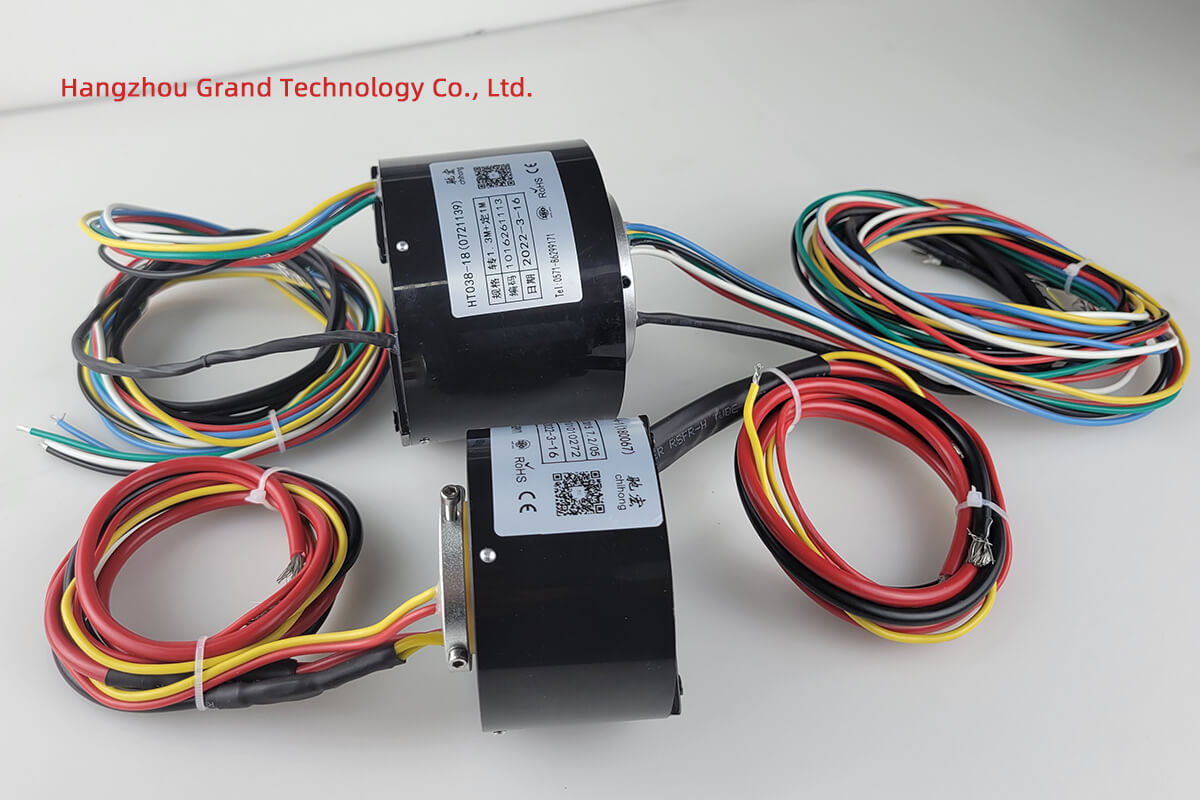Medical imaging plays a crucial role in modern healthcare, enabling accurate diagnosis and treatment planning. Within medical imaging equipment, such as CT scanners, MRI machines, and X-ray systems, slip ring electrical systems have emerged as essential components. These systems tackle unique challenges and provide numerous advantages, revolutionizing the field of medical imaging. In this article, we will delve into the applications, benefits, and recent advancements of slip ring electrical systems in medical imaging, highlighting their role in enhancing image quality, rotation speed, and data transmission.
Overview of Medical Imaging Equipment
Medical imaging equipment encompasses a range of advanced technologies designed to visualize the human body and identify various conditions. CT scanners, using X-ray technology, provide detailed cross-sectional images of internal organs and structures. MRI machines employ powerful magnets and radio waves to generate highly detailed images of soft tissues. X-ray systems capture images by passing X-rays through the body to detect abnormalities.
Utilization of Slip Ring Electrical Systems in Medical Imaging
Slip ring electrical systems are integral to the functioning of medical imaging devices. These systems allow for continuous transmission of power and signals between stationary and rotating parts of the equipment, enabling seamless operation. In medical imaging devices, slip rings facilitate the rotation of components, such as gantries and coils, essential for capturing images from various angles and perspectives.
Challenges and Requirements for Slip Ring Electrical Systems in Medical Imaging
Medical imaging equipment presents specific challenges that demand reliable and efficient slip ring electrical systems. Firstly, the need for high-quality images requires uninterrupted power transmission to ensure constant operation during image acquisition. Secondly, the rotating components must rotate smoothly and accurately to capture images without distortions. Additionally, medical environments require slip rings to adhere to strict safety and sterilization standards.
Benefits and Advantages of Slip Ring Technology in Medical Imaging
Slip ring technology offers several significant benefits in medical imaging equipment. One key advantage is the enhancement of image quality. By providing a stable and uninterrupted power supply, slip ring electrical systems reduce the risk of image artifacts caused by power fluctuations. This results in sharper and clearer images, enabling more accurate diagnoses.
Another advantage is the improvement in rotation speed. Slip ring systems enable high-speed rotation of components, reducing image acquisition time. This is especially crucial in critical situations where quick imaging is necessary for timely decision-making in emergency cases. Additionally, the faster rotation allows for dynamic imaging, capturing images of moving structures within the body, and providing valuable information for physicians.
Data transmission is another area where slip ring electrical systems excel. Advanced slip ring designs accommodate high-frequency signals and large data bandwidths, enabling the seamless transfer of image data. This ensures that medical imaging devices can efficiently transmit large amounts of image information, facilitating efficient diagnoses and analysis.
Recent Advancements and Future Trends in Slip Ring Technology for Medical Imaging
As technology continues to evolve, slip ring electrical systems in medical imaging are also undergoing advancements. Miniaturization of slip rings allows for their integration into smaller and more portable imaging devices, expanding accessibility to medical imaging in various healthcare settings. Moreover, advancements in materials and brush technologies enhance slip ring reliability, minimizing the risk of brush wear and electrical noise, and ultimately improving overall device performance.
Future trends in slip ring technology for medical imaging include the integration of slip rings with advanced wireless communication systems, enabling real-time data transfer without physical connections. This innovation holds the potential to enhance the mobility and flexibility of medical imaging devices, offering new possibilities for remote and point-of-care imaging.
Slip ring electrical systems have revolutionized the field of medical imaging by addressing specific challenges and providing numerous benefits. From ensuring continuous power transmission to enabling precise rotation and enhancing data transmission, slip rings play a crucial role in optimizing image quality, rotation speed, and data transfer in medical imaging equipment. With ongoing advancements in slip ring technology, the future holds promise for further improving medical imaging capabilities, expanding accessibility, and ultimately enhancing patient care in the realm of medical imaging.
See What We Can Do

